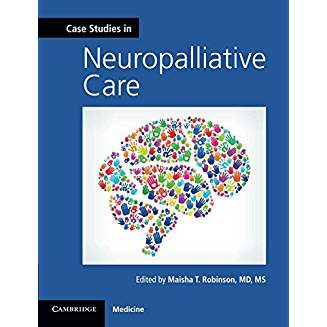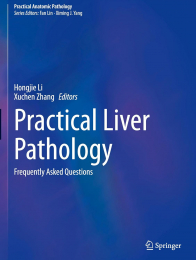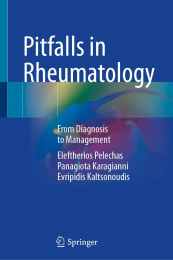Non ci sono recensioni
DA SCONTARE
With the growth of neuropalliative care as a rapidly-emerging subspecialty in neurology, it is essential that clinicians develop core skills to offer high-quality, patient-centred care. This book captures the essence of palliative care in Neurology, highlighting abundant opportunities to incorporate key principles into patients' management plans. Through a pragmatic, case-based format with suggested references for readers to expand their knowledge on a range of topics, this guide explores didactic opportunities. From patients facing challenging end-of-life decisions, families struggling to determine the treatment intensities, to clinicians leading difficult conversations, these cases are straightforward and relatable. Demonstrating the breadth of palliative care opportunities occurring on the spectrum of neurologic disease, this essential toolkit supports clinicians at all levels, providing assistance for patients who have chronic, progressive, or terminal neurologic diseases. Compelling and thought-provoking, this guide highlights the many opportunities to ease suffering and to improve quality of life.
- A powerful educational tool to address the information gaps in pain control and symptom alleviation
- It is case-based to highlight the varied approaches to the palliative care of patients with neurologic disease
- Focuses on the neurologic subspecialty to demonstrate the breadth of palliative care and the opportunities available throughout the spectrum of neurologic disease
List of contributors
Section 1. Palliative Care Principles:
1. The role of palliative medicine in neuropalliative care
2. Common challenges in a palliative medicine consultation
3. When is the right time to give up?
4. A request for cognitive enhancement
5. 'Doctor, how long does he have?'
6. 'Will I walk again?' Prognostication in spinal cord compression
7. Prolonged grief following the death of a spouse
8. Mitigating bereavement risk following a sudden death
9. 'I'm praying for a miracle'
10. 'Should his devices be deactivated?'
11. 'Is it time for hospice?'
Section 2. Cerebrovascular Diseases:
12. Temporary non-invasive ventilation in a do-not-intubate patient
13. Stroke and end-stage heart failure
14. Stroke and decompressive hemicraniectomy in a young patient
15. Surrogate decision-making after a malignant MCA ischemic stroke
16. A time-limited trial in a case of a basilar artery occlusion
17. 'Mom never wanted a feeding tube'
18. Painfully cold, numb, and weak: clinical characteristics and management of central post-stroke pain
19. Shared decision-making for stroke patients
Section 3. Neurodegenerative and Neuromuscular Diseases:
20. Making a diagnosis with compassion in Parkinson's disease
21. Caring for patients and families affected by advanced Parkinson's disease
22. Cognitive decline in Parkinson disease
23. Evolving goals of care as progressive supranuclear palsy progresses
24. Psychosis and caregiver strain in Parkinson disease
25. Constipation and Parkinson disease
26. Keeping Mom home at the end of life
27. 'I miss him already'
28. The dynamic role of palliative medicine throughout the course of neuromuscular disease
29. Considerations for non-invasive ventilation in neuromuscular disease
30. Optimizing symptoms before a compassionate wean from the ventilator
31. The case of a lost patch
32. Dementia, delirium, and a distended bladder
Section 4. Neuro-Oncology:
33. 'I don't want to be a burden on my family'
34. Palliative amputation for refractory pain
35. Chemotherapy-induced peripheral neuropathy
36. 'Two years may be too far away'
37. Shifting the goals of care
38. Management of seizures in patients with glioma from diagnosis through the end of life
39. The burden of health care surrogacy in the absence of instruction
40. 'But my brother should be treated'
41. Taking flight at the end of life
Section 5. Pediatric Neurology:
42. Not another shunt revision
43. Intrathecal baclofen for severe spasticity
Section 6. Demyelinating Diseases and Autoimmune Neurology:
44. Palliative care in multiple sclerosis: navigating chronic disease can be a difficult pill to swallow at a young age
45. The perils of late advance care planning in multiple sclerosis
46. Comparing and contrasting the approach to advance care planning in multiple sclerosis
47. Comparing and contrasting the approach to advance care planning in multiple sclerosis
48. Neuropsychological disturbances and fatigue in multiple sclerosis
49. Pain and psychosocial symptoms in newly diagnosed neuromyelitis optica spectrum disorder (NMOSD)
Index.





